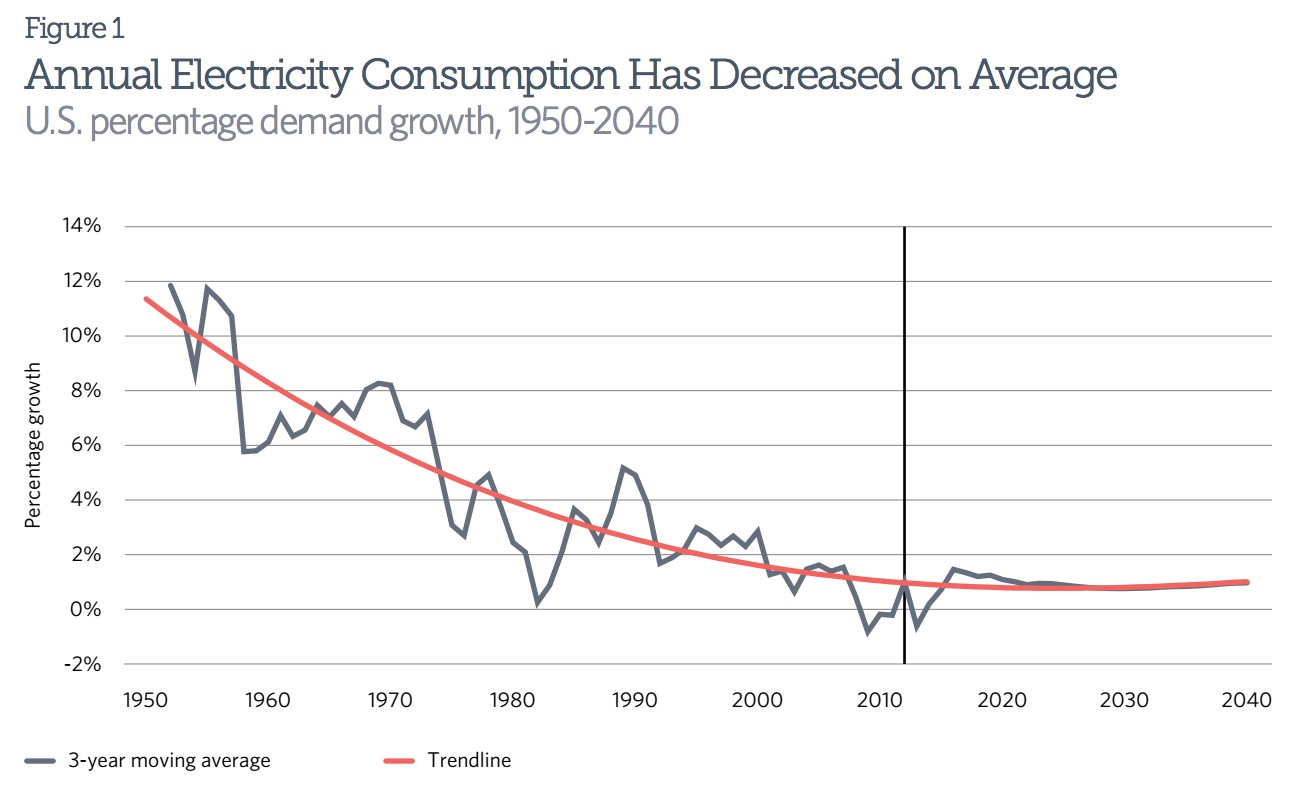
THE PEW CHARITABLE TRUSTS
View this complete post...







John Hennessy III,
P.E.





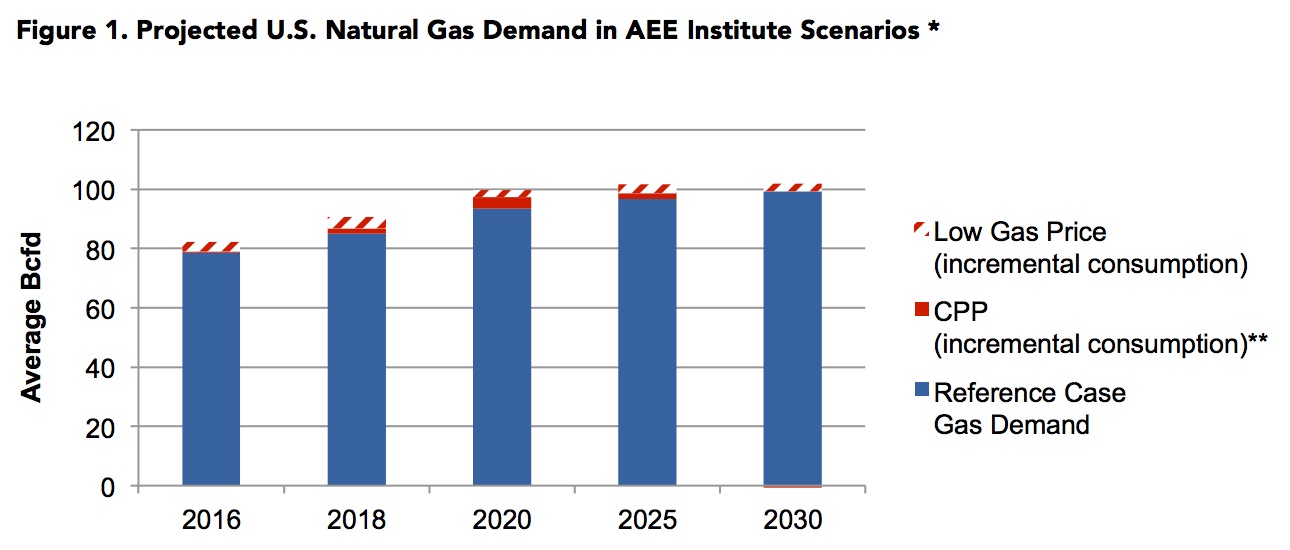
ADVANCED ENERGY ECONOMY INSTITUTE (AEE INSTITUTE)
The Environmental Protection Agency’s proposed Clean Power Plan (CPP) establishes state-by-state carbon emissions rate targets that it projects will reduce U.S. electricity sector carbon emissions 30% below 2005 levels by 2030. Some stakeholders, including the North American Electric Reliability Corp. (NERC), have raised concerns that states might rely heavily on natural gas generation for CPP compliance, creating stress on gas pipeline capacity and ultimately affecting electric system reliability. While it is likely that states will pursue a diverse portfolio of emission reductions, examining the infrastructure implications of gas use scenarios helps with risk management.

CALSTART, a non-profit member organization, has been expanding and supporting the clean transportation sector since 1992. Its president and CEO John Boesel checked in with TPR when zero-emission buses recently achieved a milestone. He gives readers a status report on advanced-bus technology and the market for these vehicles, as well as commenting on California regulators’ impact on the clean-vehicle industry in the state.
View this complete post...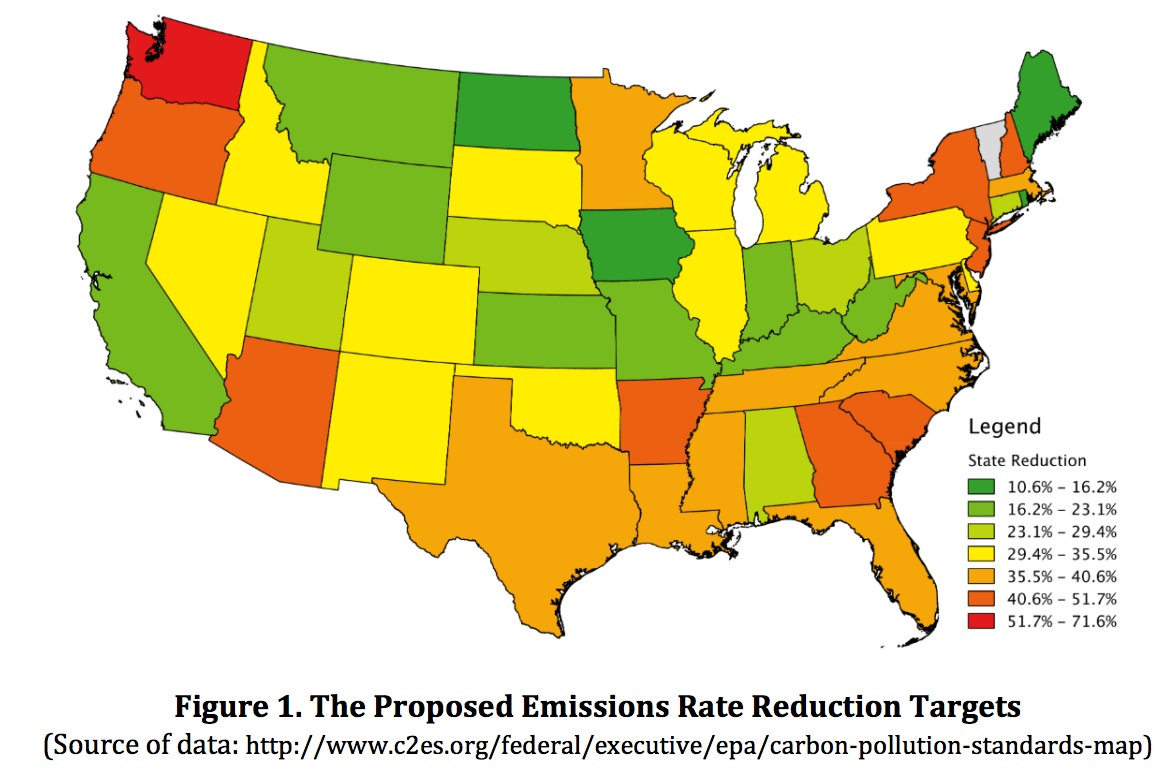
GEORGIA INSTITUTE OF TECHNOLOGY SCHOOL OF PUBLIC POLICY
Power plants are one of the largest sources of carbon pollution in the U.S., accounting for nearly 39% of annual CO2 emissions from the combustion of fossil fuels (EIA, 2014, Table A.18). On June 2, 2014, the U.S. Environmental Protection Agency (EPA) proposed state-specific limits on CO2 emissions from existing fossil fuel-fired electric generating units (EGUs) as part of its Clean Power Plan (CPP).
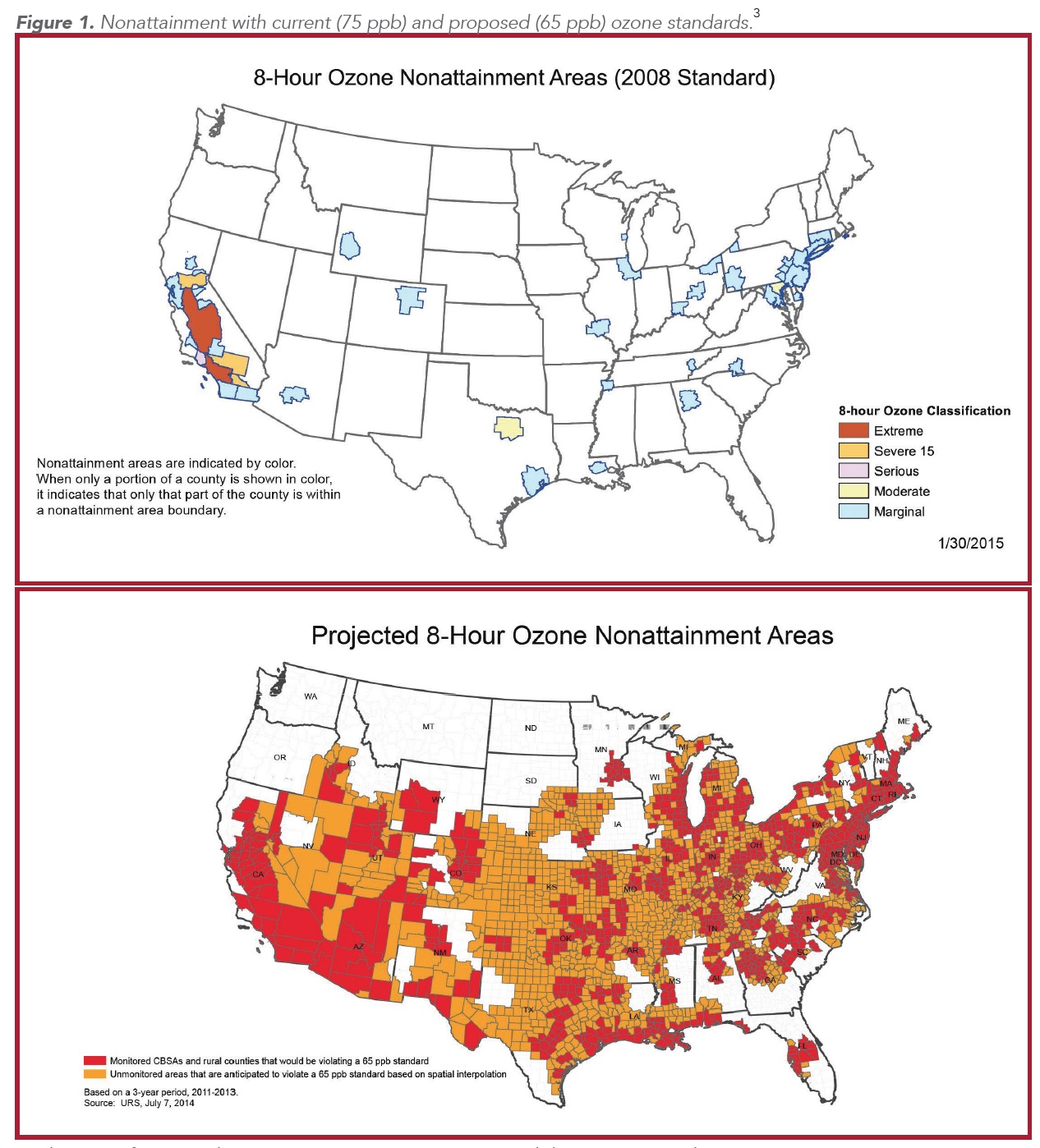
UNITED STATES CHAMBER OF COMMERCE
As Congress gears up to debate reauthorization of surface transportation programs, this report is intended to call attention to a significant emerging threat to addressing the aforementioned transportation challenges: the Environmental Protection Agency’s (EPA) forthcoming ozone national ambient air quality standards (NAAQS). This report analyzes the impact of these regulations on transportation projects, with a focus on the Washington, D.C. metropolitan area.
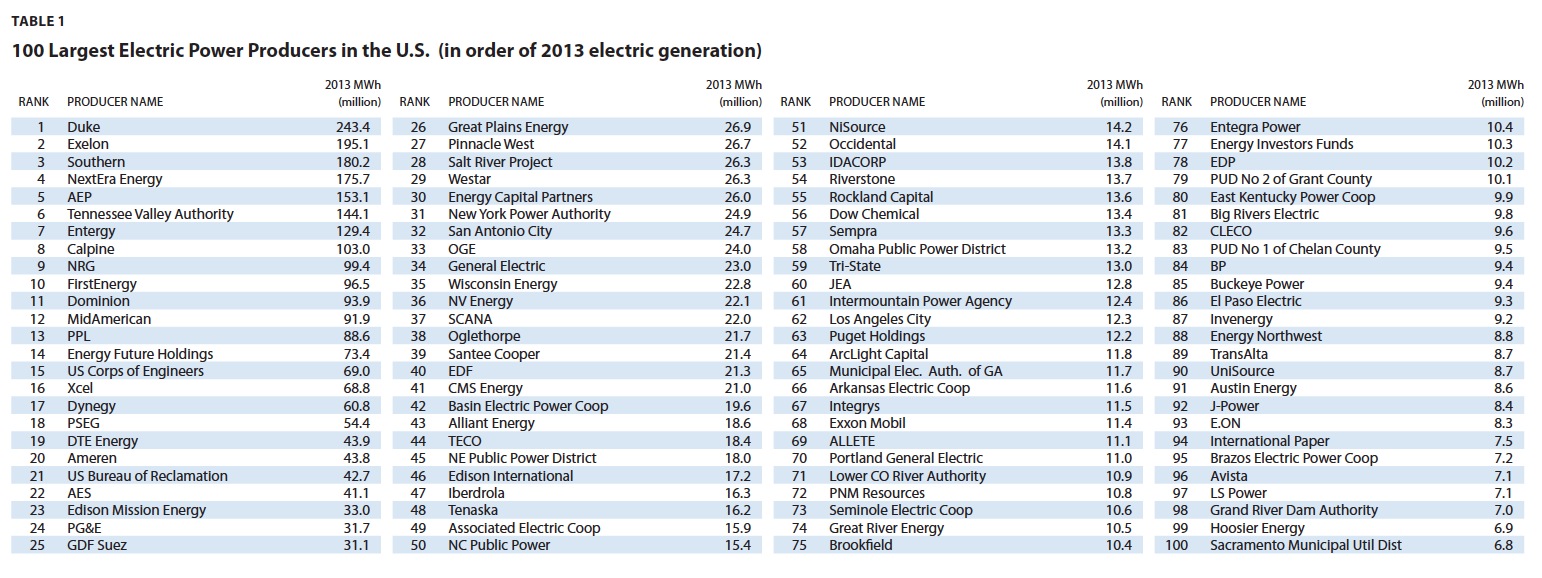
CERES
This report examines and compares the stack air pollutant emissions of the 100 largest power producers in the United States based on their 2013 generation, plant ownership, and emissions data. Table 1 lists the 100 largest power producers featured in this report ranked by their total electricity generation from fossil fuel, nuclear, and renewable energy facilities. These producers include public and private entities1 (collectively referred to as “companies” or “producers” in this report) that own roughly 2,800 power plants and account for 85 percent of reported electric generation and 87 percent of the industry’s reported emissions.
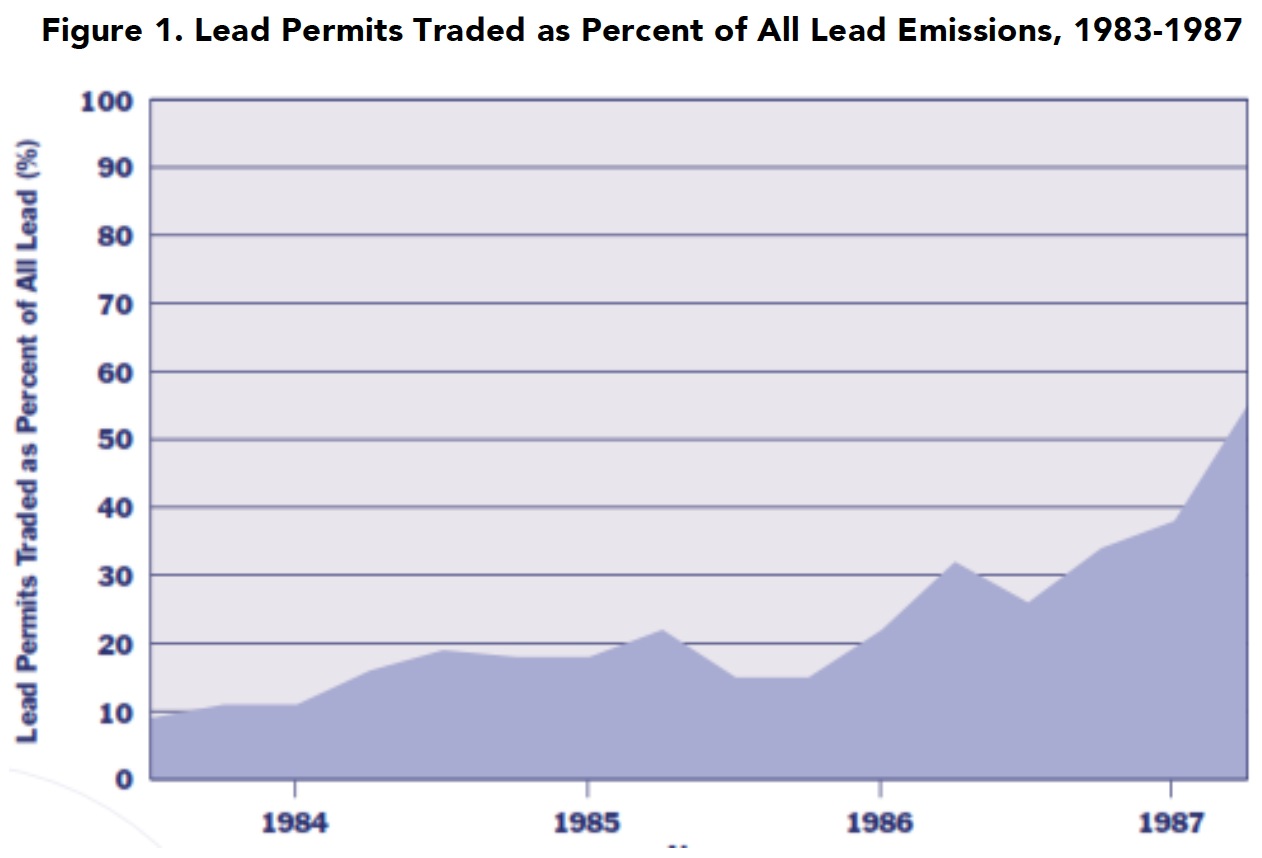
ADVANCED ENERGY ECONOMY INSTITUTE (AEE INSTITUTE)
On June 2, 2014, the Environmental Protection Agency (EPA) proposed the Clean Power Plan (CPP) to implement section 111(d) of the Clean Air Act (CAA). While the proposed rule does not mandate a market-based approach to compliance, ample evidence from previous CAA rules suggests that market-based mechanisms are likely to develop under the CPP, and that these mechanisms will spark an industry response that will make available a wide array of cost-effective compliance options.
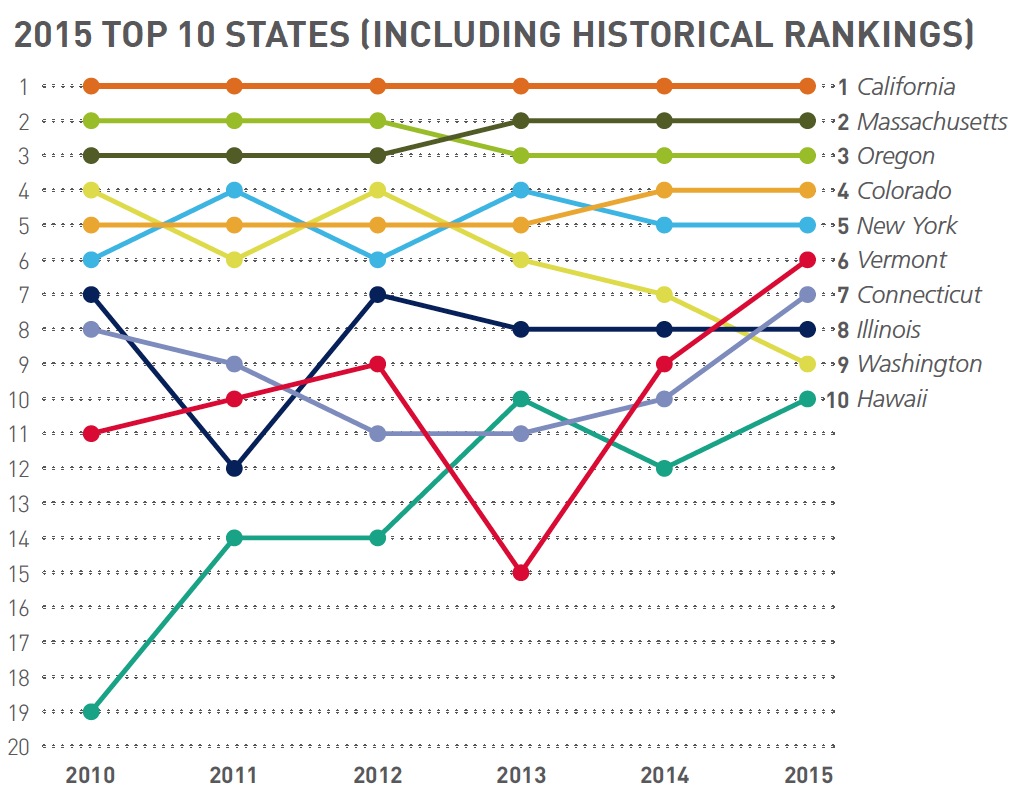
CLEAN EDGE
The United States has seen a significant shift in its energy landscape since Clean Edge began publishing its clean-tech leadership index five years ago. The transition to a clean tech and energy efficiency-based economy, based on the many indicators we track, is well underway. Solar and wind power, along with natural gas and energy efficiency, are now the mainstream choices for meeting the nation’s electricity needs; coal-fired and nuclear power, the dominant choices of the 20th century, have become the marginalized “alternatives.”
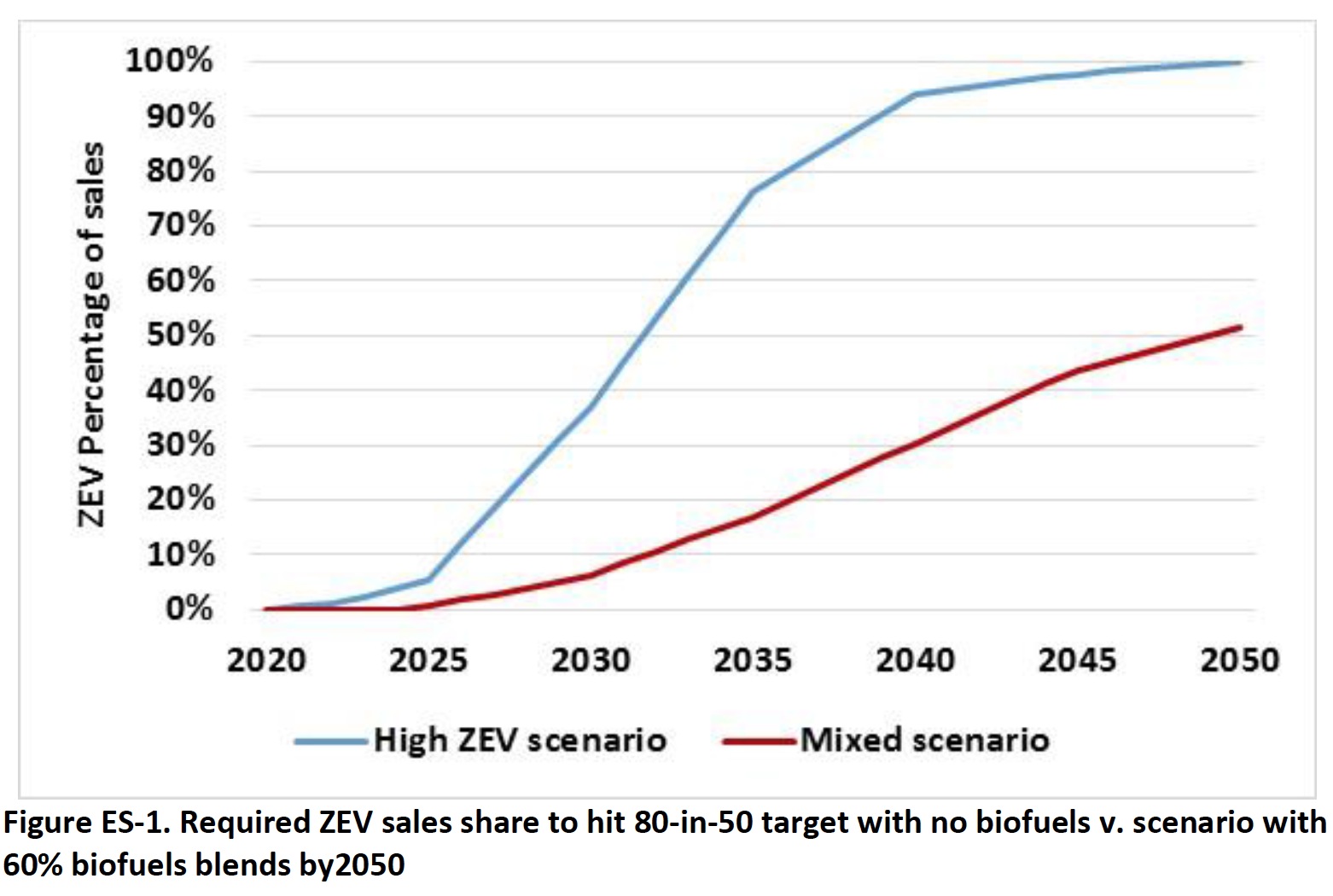
NATIONAL CENTER FOR SUSTAINABLE TRANSPORTATION
UC DAVIS INSTITUTE OF TRANSPORTATION STUDIES
The United States and California have both made commitments to an 80% reduction in energy-related greenhouse gases (GHGs) from 1990 levels by 2050 in order to help stabilize atmospheric concentrations of greenhouse gases. These commitments do not specifically target transportation or an individual transport mode.
This white paper reviews previous studies and provides a new investigation into the feasibility of achieving an 80% reduction in CO2-equivalent (CO2e) GHG emissions in the United States and California from trucks in the 2050 time frame (“80-in-50”). We assess the technological and economic potential of achieving deep market penetrations of low-carbon vehicles and fuels, including vehicles operating on electricity, hydrogen, and biofuels.
View this complete post...Follow InfrastructureUSA
Video, stills and tales. Share images of the Infra in your community that demands attention. Post your ideas about national Infra issues. Go ahead. Show Us Your Infra! Upload and instantly share your message.
Is the administration moving fast enough on Infra issues? Are Americans prepared to pay more taxes for repairs? Should job creation be the guiding determination? Vote now!
What do the experts think? This is where the nation's public policy organizations, trade associations and think tanks weigh in with analysis on Infra issues. Tell them what you think. Ask questions. Share a different view.
The Infra Blog offers cutting edge perspective on a broad spectrum of Infra topics. Frequent updates and provocative posts highlight hot button topics -- essential ingredients of a national Infra dialogue.
It is encouraging to finally see clear signs of federal action to support a comprehensive US infrastructure investment plan.
Now more than ever, our advocacy is needed to keep stakeholders informed and connected, and to hold politicians to their promises to finally fix our nation’s ailing infrastructure.
We have already engaged nearly 280,000 users, and hoping to add many more as interest continues to grow.
We require your support in order to rise to this occasion, to make the most of this opportunity. Please consider making a tax-deductible donation to InfrastructureUSA.org.
Steve Anderson
Managing Director
SteveAnderson@InfrastructureUSA.org
917-940-7125